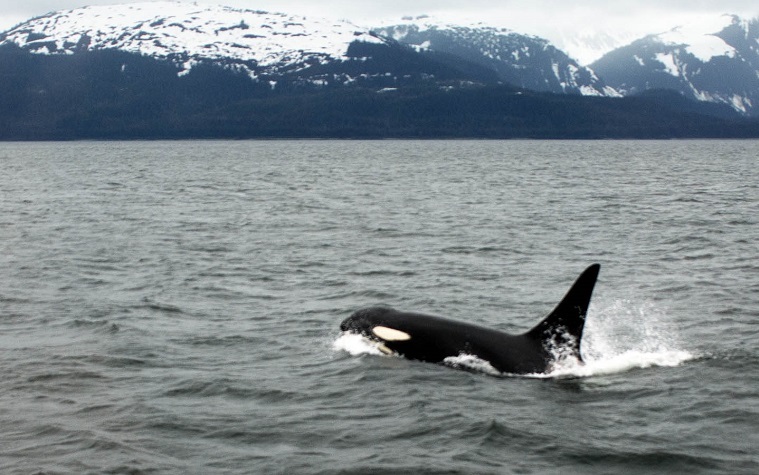In an effort to better understand orcas, University of Rhode Island graduate student Tara Stevens has been studying their behavior in the North Atlantic, as opposed to the typical studies on killer whales in the Pacific Northwest.
Stevens studied behavior of the orcas, which are seen mostly around Newfoundland and Labrador in the summer. The project was not a simple one for Stevens, who will earn her doctorate in Oceanography this year, as many locations were remote or even inaccessible for her.
"We had no idea what they were even feeding on," Steven said. Through her own observations as well as sighting reports collected from fishermen, tour boat captains, and other area boaters showing interest in the killer whales, Stevens has determined there are approximately 200 orcas living in the area.
She has also found that minke whales are the main source of food, with pods of up to 10 or 20 killer whales drowning the animal by jumping on it and forcing it underwater. Stevens said it has been more difficult to determine if the whales are supplementing their diet with fish, since this process would occur entirely underwater and out of sight of humans.
Some orcas that are seen year round have been spotted feeding on breeding seals in the pack ice, leading Stevens to believe that the distribution and movement of the whales are based on their prey.


 Alerts Sign-up
Alerts Sign-up